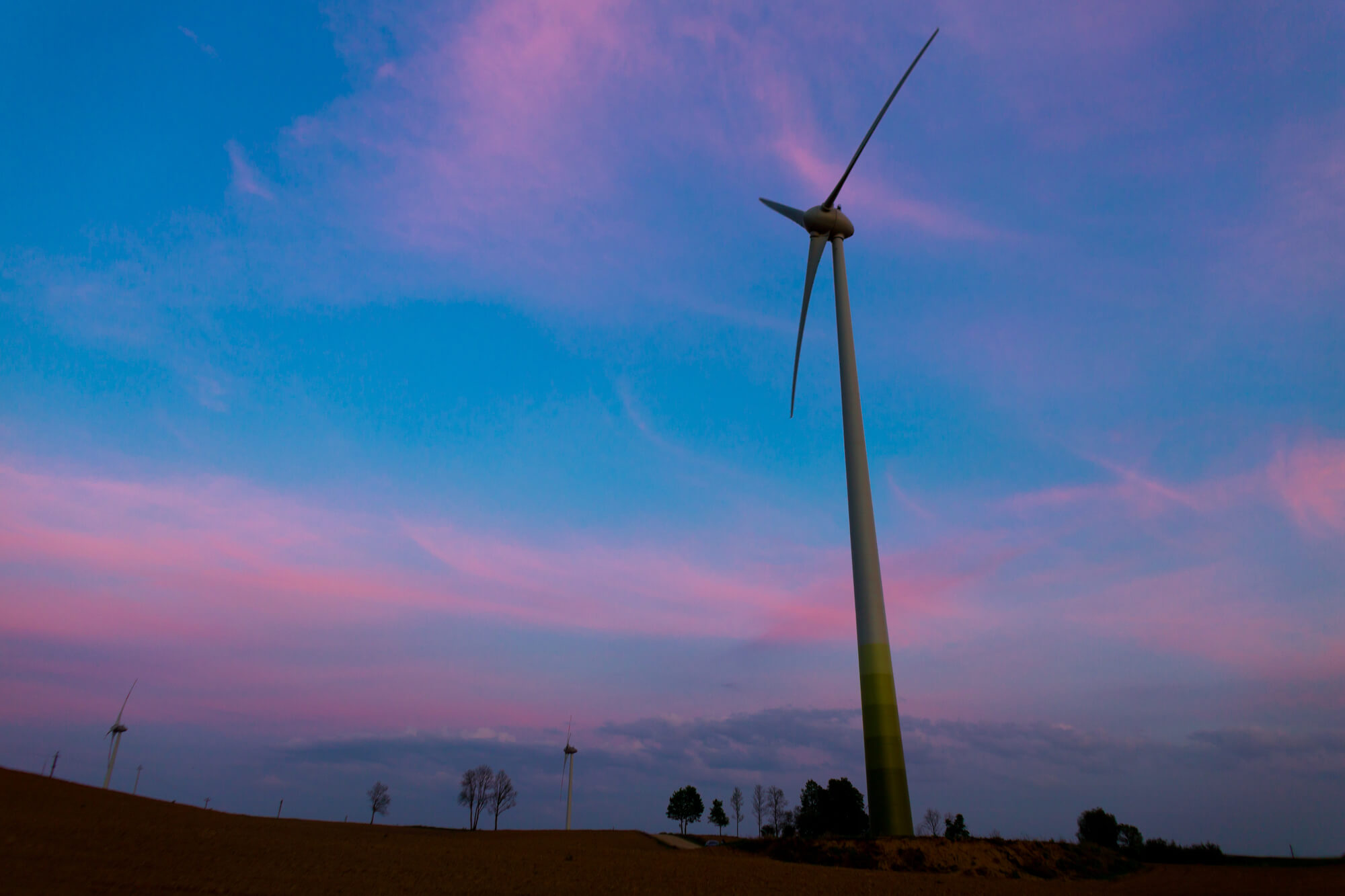New standards for wind energy: members of the Lithuanian Wind Power Association commit themselves to cooperate more closely with local communities
Participants in the Lithuanian wind energy sector are setting new project development standards. They have made a commitment to seek partnerships with local businesses where possible when developing their projects. In this way, they will contribute to regional economic growth, while proactively involving the local communities in relevant discussions and maintaining an open dialogue with all stakeholders. The document establishing all these project development principles has been signed by the Council of the Lithuanian Wind Power Association.
In order to achieve Lithuania’s ambitious strategic goal of producing 100 percent of the country’s electricity from renewable energy sources by 2050, wind energy will play a significant role. A major part of the electricity – about 55 percent – is expected to be generated by wind parks, which are planned to be installed both onshore and offshore.
“The National Energy Independence Strategy and its implementation plans are tied to public confidence and expectations regarding the consumption of clean energy in the country. They oblige us, as participants of the wind energy sector, to continue to be active developing new projects. At the same time, we understand that comprehensive partnerships with local communities are very important in achieving the goal of clean energy, and we have already recorded examples of good practices in Lithuania. The document signed by the Council will establish this standard as a commitment for its members which, we believe, will lend positive momentum to the whole sector,” said Aistis Radavičius, Director of the Lithuanian Wind Power Association and Chairman of the Council.
The document signed by the Council of the Wind Power Association covers three essential aspects. The first is the importance of establishing an open dialogue with all the stakeholders (residents, landowners, municipalities, etc.) to ensure that everyone has access to information about the projects from the early stages of planning. The second issue is to communicate and collaborate with local communities, which will give them an opportunity to get involved in the process and at the same time to discover the added value for a particular area. The third matter is strengthening partnerships with service providers in the local market, so that the development projects will help to maintain and create jobs in these regions.
“By recognising this commitment to local communities, we want to emphasize that we will remain open and ready for dialogue. Through our cooperation with local residents, institutions and businesses, we can both contribute to the implementation of the strategic goals for the whole country in the energy sector, as well as helping support economic growth in specific regions,” said Radavičius.
There are 23 wind parks currently operating in Lithuania, with a combined energy capacity of 480 MW. Together with the individual wind parks, power plants have been installed in the country to generate a total of 534 MW. In 2019, the wind parks produced 1.45 TWh of electricity, or 13 percent of Lithuania’s total electrical consumption. The wind parks can already supply electricity to about 634 thousand Lithuanian households, meeting the electrical power demand of about 1.3 million people. According to public opinion polls, up to 82 percent of the Lithuanian population supports the further development of wind energy in our country.
Post a comment
You must be logged in to post a comment.


